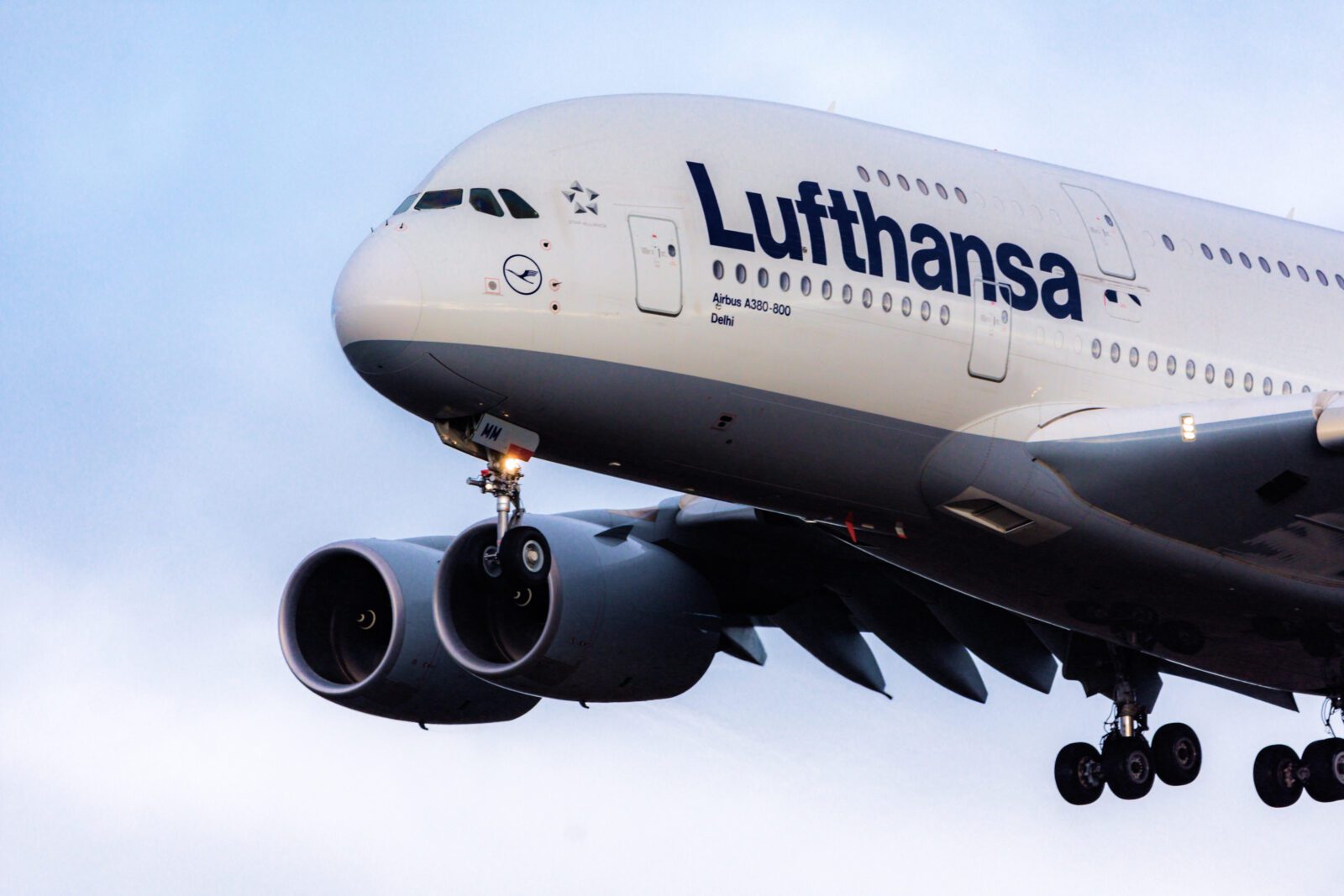Vanishing iPad Forces Lufthansa A380 From Los Angeles to Divert to Boston Over Mid-Flight Fire Fears
- A Lufthansa Airbus A380 superjumbo was forced to make an unscheduled landing in Boston after a passenger's iPad became trapped in a Business Class seat. Fearing the risk of a lithium battery fire, the pilots diverted the Munich-bound plane so that engineers could hunt out the iPad.

An Airbus A380 operated by German flag carrier Lufthansa with as many as 509 passengers onboard was forced to divert to Boston after a passenger lost their iPad in one of the Business Class seats onboard the double-deck superjumbo, creating fears of a potential inflight blaze.
The plane was flying from Los Angeles to Munich and had already reached a remote region of central Canada when the pilots made the decision to make an unscheduled stopover in Boston so that the iPad could be retrieved from the inner workings of the seat by engineers.

Lufthansa flight LH453 departed Los Angeles International Airport (LAX) at around 5:45 pm on April 23 for what should have been a routine 11-hour transatlantic flight to Europe.
The standard flight plan on this route sees the pilots fly in a north-easterly direction toward Canada before flying over Greenland and then heading southwards towards Europe.
Although this might seem like an odd route, it takes into account the Earth’s curvature to fly the shortest possible distance – often referred to as the ‘great circle’ route.
Fears of Battery Fire Prompt Diversion
Flight 453 had been flying for around three hours and was cruising at around 35,000 feet when the pilots were informed that an iPad belonging to one of the passengers in the Business Class cabin had been lost within the inner workings of the seat and was stuck.
Flight attendants feared that the iPad was already damaged or could be damaged by the powerful electric motor that changes the seat into a fully flat bed, which could, in turn, result in serious damage to the iPad’s battery and a potential fire.
And while the trapped iPad wasn’t an immediate emergency safety issue, it’s clear that the pilots didn’t want to run the risk of flying over Greenland and the Atlantic Ocean with very limited diversion points with the potential for a battery fire to start.
Why Continue Flying For Nearly Three Hours
As is common in this kind of incident, the pilots decided to divert but not to the nearest available airport, where resources to deal with a massive A380 would be limited, and maintenance teams wouldn’t be familiar with Lufthansa’s operating procedures.
Instead, the pilots headed towards Boston (BOS) where the airline has plenty of resources and there would be less likelihood of passengers getting stranded.
Nearly three hours later, the plane was on the ground in Boston, where engineers were able to successfully retrieve the iPad, and the flight was able to continue on its way to Munich, landing three hours later than scheduled.
Air France Jet Diverted For a Similar Reason
Last month, an Air France Boeing 777 made an emergency diversion after a passenger lost their mobile phone onboard and, despite the best efforts of flight attendants, it couldn’t be located.
Not willing to take the risk that the mobile phone could burst into flames, the pilots of Air France flight AF-750 from Paris Orly to Pointe-à-Pitre, in the French overseas territory of Guadeloupe, decided to make a quick diversion back to the French capital so that engineers could go on the hunt for the misplaced phone.
Explainer – why do airlines take lost or damaged mobile phones so seriously?
Mobile phones, along with other common devices like tablets, laptops, and portable power banks, are powered by lithium batteries, which can sometimes be prone to overheating.
If a battery pack overheats, it can trigger a chain reaction known as thermal runaway, emitting smoke, sparks, and fire, which can be difficult to extinguish.
In recent years, airlines have seen a dramatic increase in lithium battery fires, often caused by devices being damaged within seat mechanisms or overheating while charging with a cheap cable.
Related
Mateusz Maszczynski honed his skills as an international flight attendant at the most prominent airline in the Middle East and has been flying ever since... most recently for a well known European airline. Matt is passionate about the aviation industry and has become an expert in passenger experience and human-centric stories. Always keeping an ear close to the ground, Matt's industry insights, analysis and news coverage is frequently relied upon by some of the biggest names in journalism.







